![]()
![]()
![]()
Use LEFT and RIGHT arrow keys to navigate between flashcards;
Use UP and DOWN arrow keys to flip the card;
H to show hint;
A reads text to speech;
10 Cards in this Set
- Front
- Back
- 3rd side (hint)
|
Genus Triceratops |
"three horned face" in greek -herbivorous ceratopsid dinosaur -late Cretaceous period, North America -large bony frill, three horns, large skull, up to 29.5 feet in length, quadrupedal, strong limbs, short hands with three hooves each and short feet with four hooves each |

|
|
|
Order Pterosuria (Pterosaurs) |
-means "winged lizard" -from size of a sparrow to an airplane -Late Triassic to end of Cretaceous -earliest vertebrate known to have powered flight -"Early species had long, fully toothed jaws and long tails, while later forms had a highly reduced tail, and some lacked teeth" |
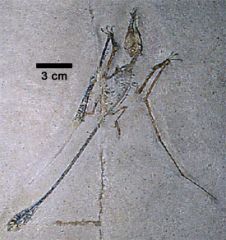
|
|
|
Genus Archaeopteryx |
-aka Urvogel, means "first bird" or "original bird' in German -genus of early bird "that is transitional between feathered dinosaurs and modern birds" -could grow up to 1 ft 8 in |
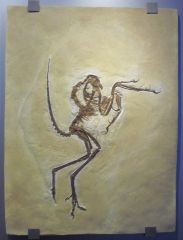
|
|
|
Genus Dimetrodon |
-early Permian -most prominent: large "sail" on its back -walked on four legs -NOT A DINOSAUR |
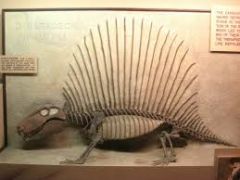
|
|
|
Genus Lystrosaurus |
"shovel lizard" -only two teeth -heavily built -herbivorous -about the size of a pig -Late Permian and Middle Triassic Period |
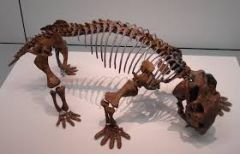
|
|
|
Genus Basilosaurus |
-genus of early whale -Late Eocene -initially thought to be a reptile (so the -saurus part came) but it's actually a marine mammal -40-65 feet |
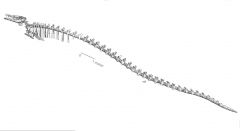
|
|
|
Genus Uquus |
-all herbivores -includes horses, donkeys, zebras -equus is Latin for horse |
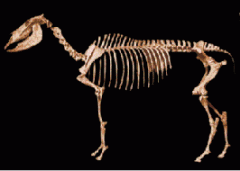
|
|
|
Genus Hyracotherium |
-small, dog sized animal -"hyrax like beast" -herbivore -long skull, about 50 pounds |
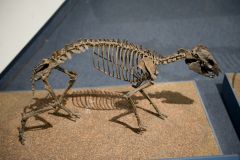
|
|
|
Species Neanderthalensis |
They are closely related to modern humans,differing in DNA by just 0.12% -named after Neander Valley, where it was found -actually practiced burial behavior (found in 2013!) -about 45,000 to 40,000 years ago |
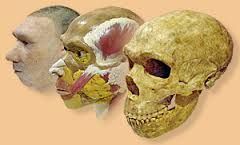
|
|
|
Genus Mammut (Mastodon) |
-distantly related to elephants -lived in herds -"They are generally reported as having disappeared from North America about 10,500 years ago as part of a mass extinction of most of the Pleistocene megafauna" |
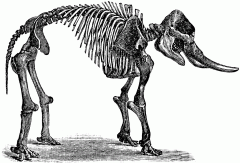
|

